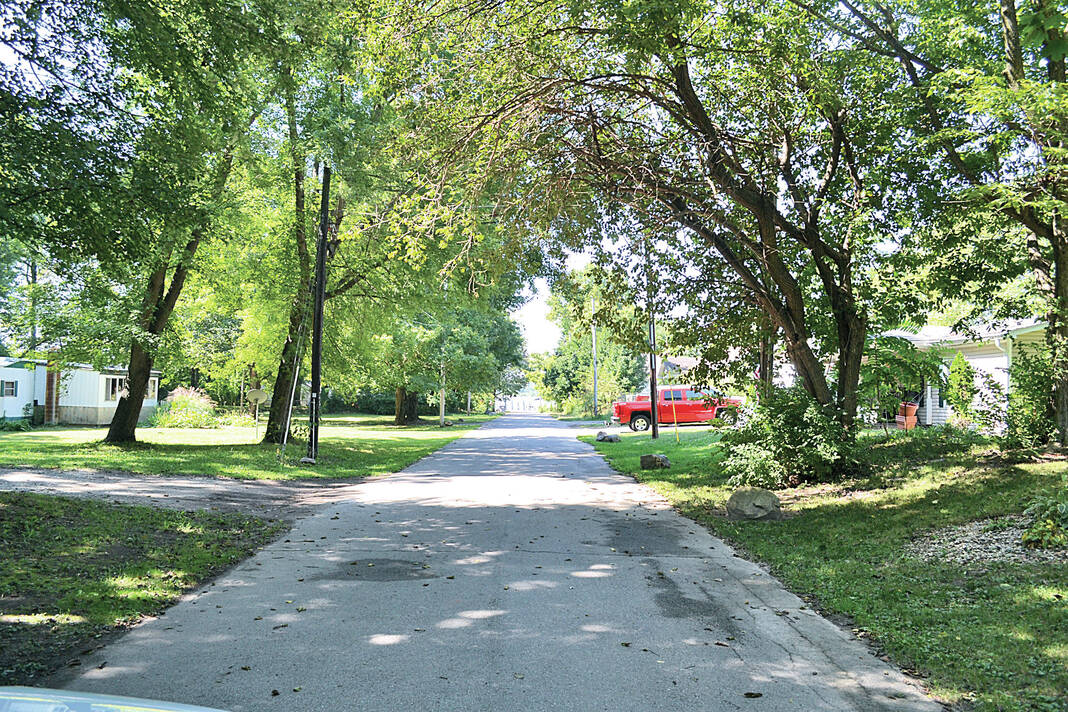
Stephen Jackson

Alfont
Part one of a two-part series.
Green Township occupies Madison County’s southwestern corner and measures four miles from east to west and six miles from north to south.
It is one of several townships in the county with a name whose origin is unclear.
The township was one of the first five townships organized in the county sometime between November 1823, and January 1829.
Any record of its organization was, it is assumed, destroyed when the Madison County Court House burned on Dec. 10, 1880.
Early on there was speculation that it was named for Maj. Gen. Nathanael Greene of the Continental Army in the American Revolutionary War.
While such honors were often bestowed during this period of our history, the spelling of his last name includes an “e” not present in the township’s name.
Absent any other logical explanation, it has been accepted that it was named Green for none other than the area was once known for its lush green natural vegetation that practically covered the entire surface at the time the township was organized.
Settlement in the township was slow to begin with but picked up with most of the early settlers coming from Virginia, South Carolina and Tennessee; others came from Ohio and Pennsylvania.
How the township was settled is unique and probably influenced in large part by its geography.
Two areas had, at one time, the highest concentration of settlement.
The first was the southeast corner of the township where a creek and later a railroad influenced decisions to settle and still today has the greatest concentration of population in the township.
The honor of being the first to settle in Green Township belongs to the family of Jacob Hiday, who in 1821 came from Ohio with his wife, four children and a grandson.
He chose a site on the south side of Lick Creek a short distance west of where Alfont was later platted.
In 1835, a man named William Alfont purchased a tract of land upon which he erected a small water-powered saw-mill on Lick Creek.
The mill burned in 1847 but was replaced by a steam-powered mill, which did a successful business for several years.
It is believed that both mills were located on the right bank of Lick Creek at a point just above where the creek now flows beneath the bridge that carries CR 750W over the creek.
A grist mill stone from Mr. Alfont’s mill has survived and is in the possession of a descendant of a family who once lived in Alfont.
Circa 1849, the Bellefontaine Railroad was surveyed through this tract, and Mr. Alfont conceived the idea of founding a town on this line.
About 1850, it was platted and placed on record, bearing the name of its founder.
Before the arrival of the railroad, Alfont was a mere hamlet, with only three or four log houses there.
For a few years after the railroad arrived the new town prospects were positive but with the growth of nearby Fortville, business in Alfont was ultimately diverted to Fortville leaving Alfont to find its own way.
On April 7, 1896, an election was held to determine whether or not the place should become a corporation.
It was approved.
With natural gas in plentiful supply, Zinc Works was established, which employed a large number of people.
A glass factory was established in 1895 and soon after the town was platted, and the railroad company erected a comfortable passenger station.
Madison County Historian Stephen Jackson is leading a series of “First Sunday” presentations covering the History of Madison County townships. The talks are set for 2 p.m. on the first Sunday each month in the Bowman Room at Museum of Madison County History, 11 W. 11th St., Anderson. The talks began Sept. 4 and run through Nov. 5, 2023. The information he prepares for those presentations form the basis of this series of columns in The Times-Post.